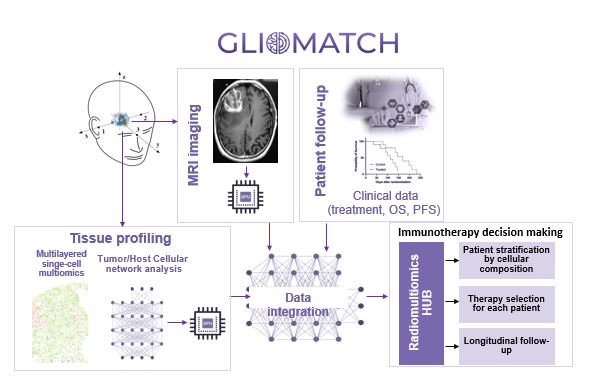Abbreviations
Abbreviations
GMB
Adult glioblastoma
pHGG
Paediatric high-grade glioma
UNCAN
EU initiative for understanding cancer
MRI
Magnetic resonance imaging
SOC
Standard of care
I/O
Immuno-oncology
TTF
Tumour treating fields

